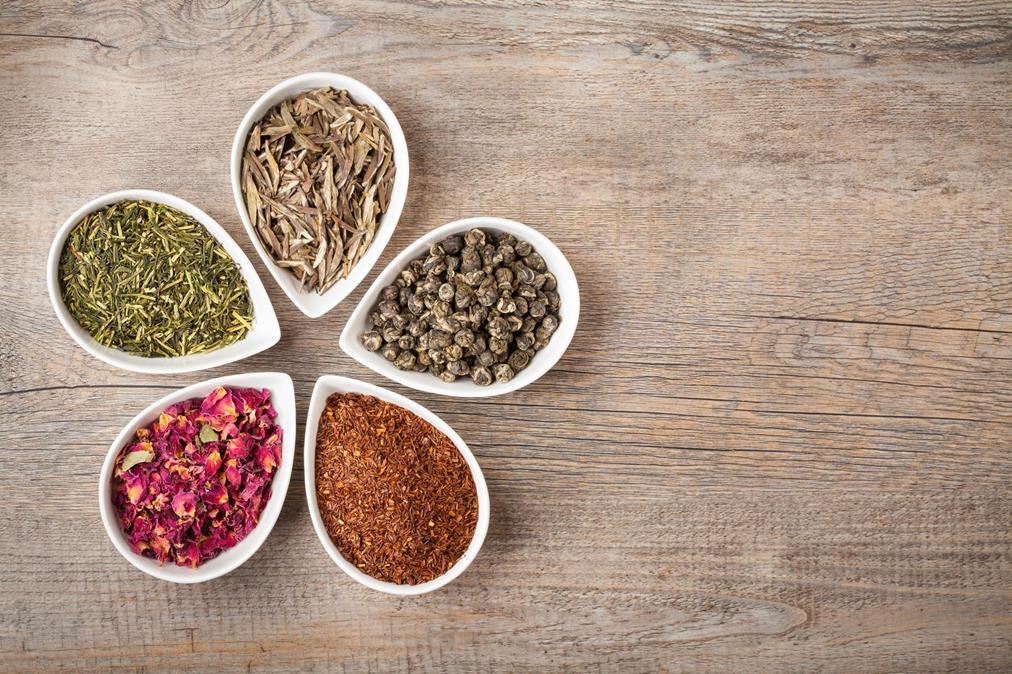Why the rebellion against traditional tea-bags anyways?
You love tea. We love tea. Traditional tea bags are all wet.
Today, they account for nearly all tea sales in the United States and South Africa. The problem is, tea bags usually contain the cheapest tea available, producing little more than a brown-colored liquid.
Before the tea bag came along, tea was enjoyed in loose form, allowing people to experience the intoxicating flavor and aroma of full-leaf tea. Then in 1908, Thomas Sullivan, a tea and coffee merchant from New York City, tried to cut costs by sending loose tea in silk sacks instead of the costly tins used at the time. Confused by this new packaging, people threw the bag in the hot water, and a mistake became a modern convenience. Soon, tea bags began appearing commercially, and their popularity spread around the world.
It seemed like a great idea, but there was a catch: in order for a tea leaf to fully release its flavor, it needs room to expand. The tea in teabags had less room, which meant the level of quality dropped. That led to the use of smaller leaves, which need less room to enlarge.
From there, the quality of tea continued to nose dive. Since the size of the leaves was no longer an issue, merchants could purchase the cheapest grades of tea. If that sounds like tea had hit the bottom of the barrel, it had. This low-grade tea, known as “fannings” or “dust,” is actually found at the bottom of tea barrels. Soon, tea companies looked for cheaper ways to package tea and began to wrap the “leaves” in paper filters. Unfortunately, this method didn’t allow water to flow through to the cup as easily. Yet again, the quality of tea dropped.
For nearly a century, tea lovers have had to settle for a product that’s lackluster at best. In supermarkets shelves are stocked with tea bags and few have experienced the flavor and aroma of full-leaf premium tea.
Written by: Blogger at ‘Revolution’


